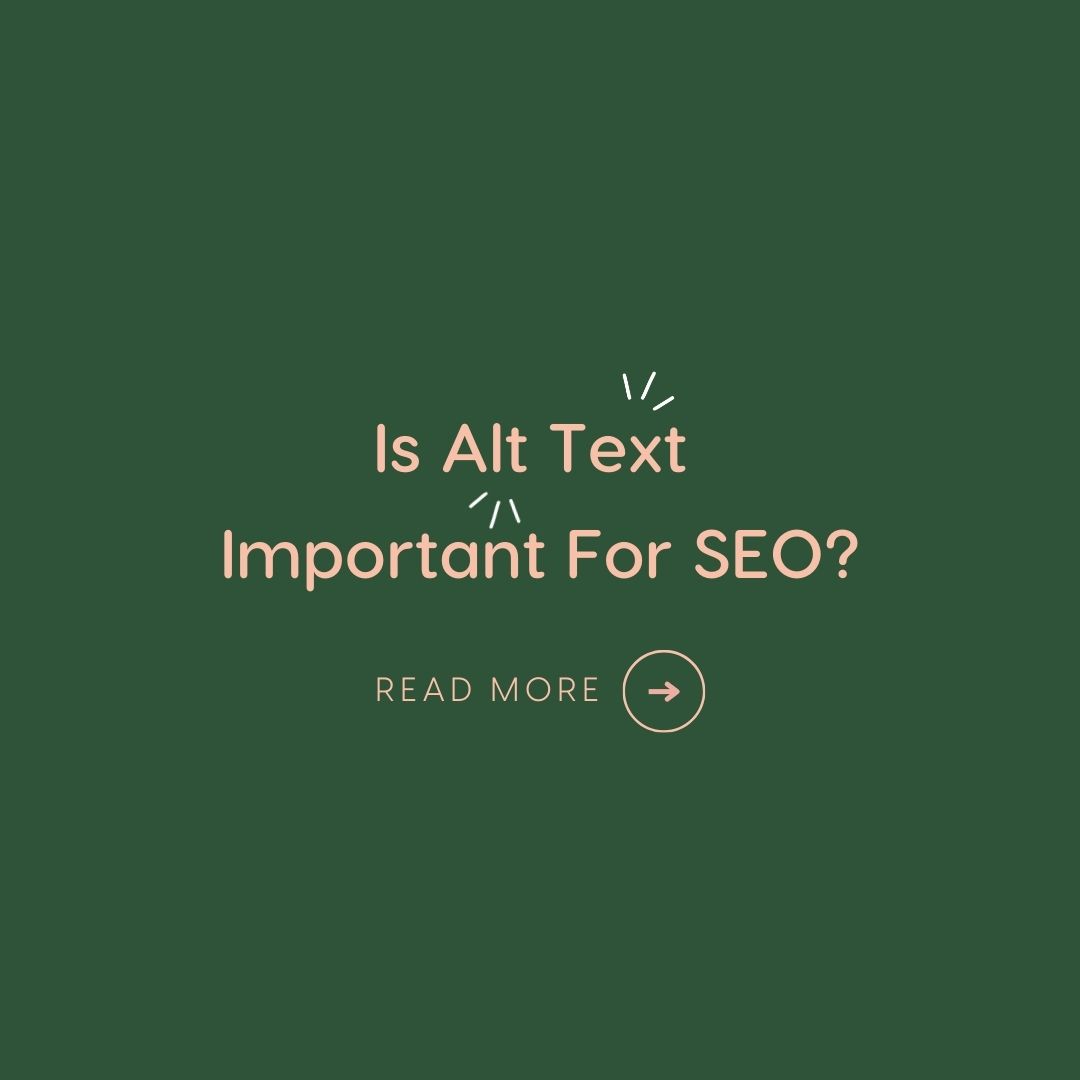Table of Contents
A picture is worth a thousand words – but for the visually impaired who are using the internet, it’s useless without alt text. Alt text is a simple little element of uploading that you need to know about because it not only improves your website’s accessibility – it’s also very important for SEO.
So what is alt text? Alt text, also referred to as alt descriptions, is the written text that accompanies a photo on a website. If a photo doesn’t load, the alt text will appear in its place and it should concisely explain what the image is depicting. Alt text is also read by screen readers so that web users with visual impairments are still able to understand what each image represents.
Like meta descriptions, alt text is an important SEO tool and every website owner should understand and use it correctly. Here’s what you need to know!
How does alt text affect SEO?
Alt text is used by search engines to find out what your images are showing, which is key – this helps Google to better understand your content. As you can include keywords in your alt text, search engines will pick up on these as they crawl – this also helps them to rank your website.
Is alt text a Google ranking factor? For sure. The search engine uses alt text to understand what an image is and to display image search results. Although Google is notoriously tight-lipped when it comes to its ranking algorithms, we do know that they highly value both user experience and accessibility – both of which are improved through optimal alt text placement.

Photographers, ensure your gorgeous images get noticed by adding alt text for each one. (Image by Anete Lūsiņa on Unsplash)
How to write alt text for SEO
Optimised alt text is important for every website, but particularly for photographers! Your business is built on images, so it’s essential that Google grasps the type of photos you take so they can display your site correctly in its search results.
If you’re new to the alt text concept, don’t worry – it’s really easy. Essentially, you want to write a short and punchy description of your image – definitely keep it under 125 characters. To really rock your alt text, be clear and specific and clear (this is not the time to wax lyrical, no matter how pretty the picture may be).
Here are a few examples:
Bad alt text: A red car sits on a driveway
Much better alt text: A red 1999 Ford Mustang is parked in a suburban driveway.
Bad alt text: A man and woman smile after saying their wedding vows
Much better alt text: A woman in a white lace dress and a man in a blue tuxedo smile after saying their wedding vows on the beach of Lake Tahoe.
As you can see, your alt text should concisely and specifically describe what makes your image unique!
And what about keywords? Yes, you can (and should) include the focus keywords of your article in alt text, but only sprinkle them occasionally and when appropriate. You don’t want to crowbar in keywords everywhere, as ‘keyword stuffing’ is bad for SEO.
So, is alt text important for SEO and for user experience? Definitely – always take the time to add alt text to each image that goes up on your site. You’ll thank yourself when you see your site climbing those search engine rankings!
And if you want to outsource the SEO hassle and rather focus on your biz, the Pepper Club is your answer.





